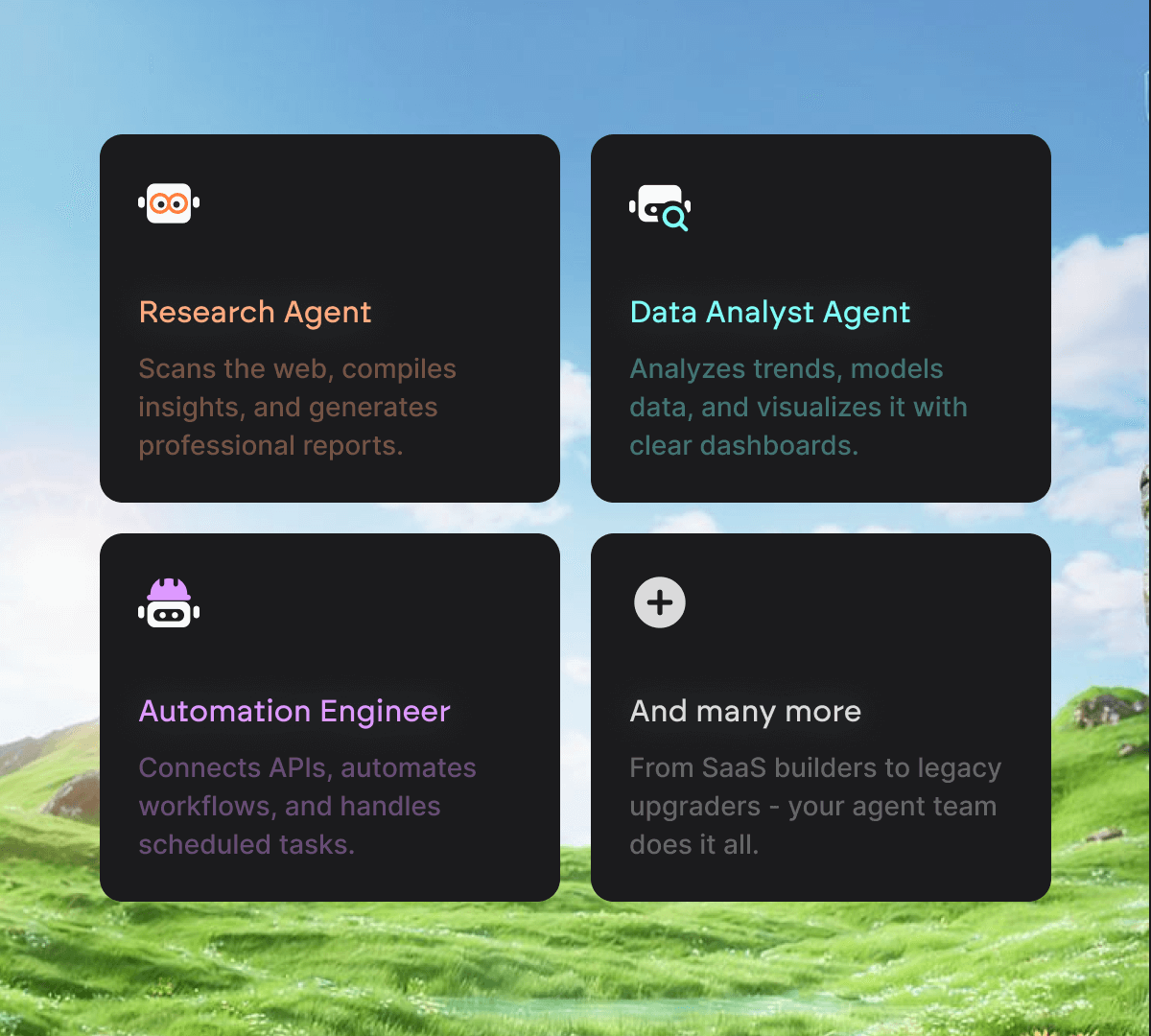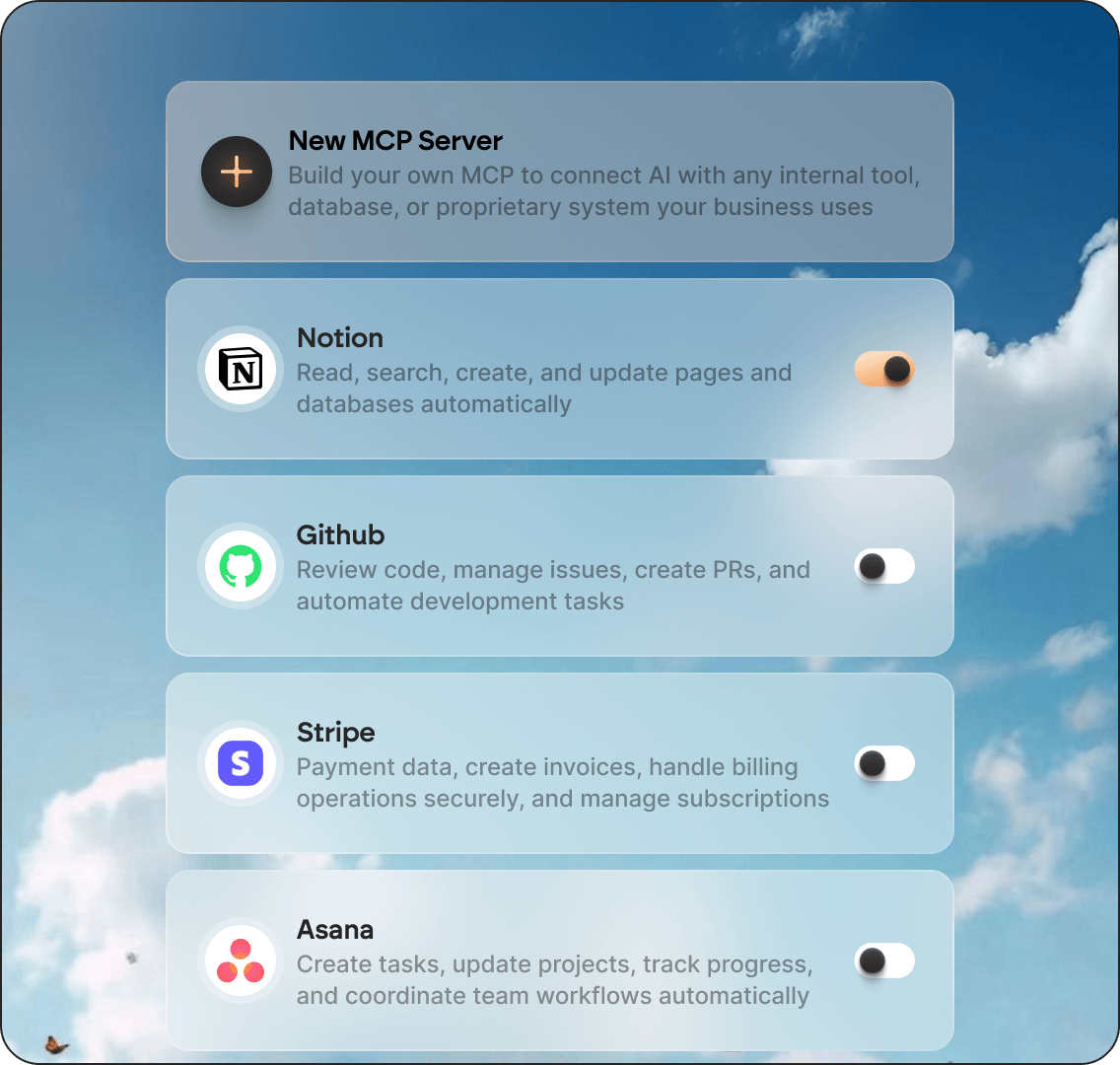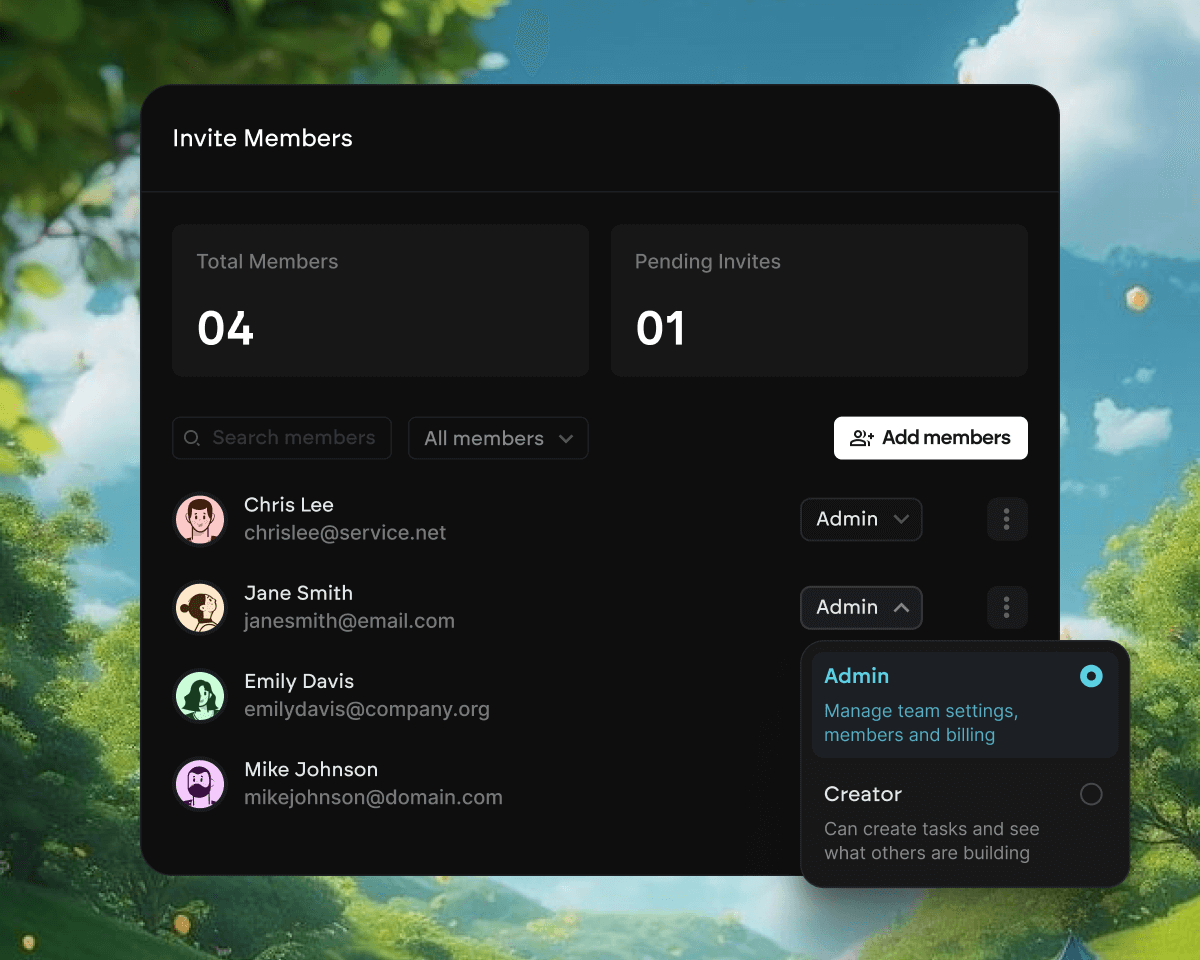Let’s talk about Emergent — a platform that’s quietly (and powerfully) reshaping how teams build and deploy AI agents. Not in some hypothetical sci-fi future, but right now. Today.
Emergent: The Future of AI Agents, Built for Real Teams
At first glance, Emergent looks sleek and minimal. But underneath, it’s a full-fledged command center for building AI agents that can think, reason, execute, and improve over time.
It’s like giving your team a squad of tireless, smart coworkers who never sleep — and don’t need coffee.
But what exactly is Emergent? And why are product folks, devs, and AI startups paying serious attention?
💡 What is Emergent?
Emergent is an AI agent framework and platform that helps you build, manage, and scale autonomous agents — the kind that don’t just answer prompts but act, iterate, and collaborate.
Think of it as the backend (and frontend!) for running custom GPT-like agents that can talk to APIs, search the web, manipulate tools, and chain actions together based on goals you define.
From customer support agents to research bots, from sales automators to custom knowledge workers — Emergent provides a full stack to create real, production-ready AI systems.
And yes — it supports multi-agent systems too. Meaning your agents can talk to each other, divide tasks, and self-organize like a digital hive mind. 🐝
🛠️ What Can You Actually Do With Emergent?
Here’s where things get exciting.
Build websites & mobile apps — no friction.

Got an idea? Bring it to life as a fully functional website or mobile app — complete with real-time deployment, smooth data connections, and the kind of scalability your future self will thank you for.
Create custom AI agents built for your flow.

Design smart, domain-specific agents that actually understand your work. Tailor prompts, tweak behavior, and build tools that feel like they were made just for your team.
Connect the dots with powerful integrations.

Whether it’s automating repetitive tasks or syncing services across platforms, you can build integrations that scale and ship faster — without the usual headaches.
Build with your favorite people.

Work side-by-side with your team in real time. Share resources, co-create apps, and stay in sync — all in one secure, collaborative space that feels like home.
You can build agents that:
- Reason step-by-step — thanks to built-in tools like a reasoning engine, memory, and structured plans.
- Interact with real APIs — connect to live data sources, pull info, update CRMs, send messages, scrape sites, etc.
- Learn from past runs — agents have access to their history and can use it to adapt future actions.
- Collaborate with other agents — assign sub-tasks, share knowledge, and coordinate towards goals.
- Run locally or in the cloud — devs can test fast, deploy faster.
It’s like chaining together OpenAI + Zapier + AutoGPT + Langchain — but without the spaghetti setup.
And the best part? You can build without needing to reinvent the wheel every time.
🔍 Why Is Emergent Different from Its Competitors?
Let’s be honest. The AI agent space is getting crowded. We’ve got tools popping up every day claiming to be “AutoGPT for X” or “Langchain for Y.”
So why does Emergent stand out?
1. Unified Interface, Zero Friction
While most agent stacks require you to juggle 5 tools and a local setup, Emergent puts everything into one clean UI — with real-time visibility into what your agents are doing, thinking, and planning.
You can literally watch your agents reason step-by-step, adjust their tools, see outputs, and trace errors — all in one place.
2. Production-Ready, Not Just a Toy
Some agent tools feel like research projects or weekend hacks. Emergent, on the other hand, was built for teams shipping real AI products. It supports persistence, memory, error recovery, structured outputs, retry logic — everything you need to put an agent in front of users.
3. Open + Extensible
Emergent doesn’t lock you in. You can add custom tools, plug into your existing stack, bring your own LLMs (OpenAI, Anthropic, Mistral, etc.), or even host your agents in your own infra.
4. Multi-Agent Orchestration Out of the Box
Multi-agent systems are hard. Emergent makes it feel… kind of magical. Agents can assign subtasks, ask each other for help, and even form teams — all handled under the hood with elegant orchestration.
It’s like Slack, but for your bots. 🧑💻🤝🤖
🧪 Use Cases That Just Click
Still wondering where Emergent fits in? Here are a few real-world use cases where it shines:
- AI-powered Research Assistants
An agent that browses the web, summarizes findings, pulls from docs, and formats a client-ready report. - Sales/CRM Automators
Have an agent that scrapes leads, updates HubSpot, drafts cold emails, and logs follow-ups. - Internal Dev Tooling
Create agents that read GitHub issues, plan code tasks, and even scaffold components via your CLI. - Custom Knowledge Workers
Build domain-specific AI agents trained on your knowledge base to answer questions or complete tasks.
✨ Final Thoughts
Emergent is the kind of platform that makes you rethink what software agents can do. It’s not just another AI wrapper. It’s a full ecosystem — one that feels stable, scalable, and smart enough to build on.
If you’re building an AI product, experimenting with LLMs, or dreaming of automating parts of your workflow with agents — Emergent deserves your attention.
👉 Explore Emergent
👉 Or check the demo — it’s surprisingly intuitive.



















































